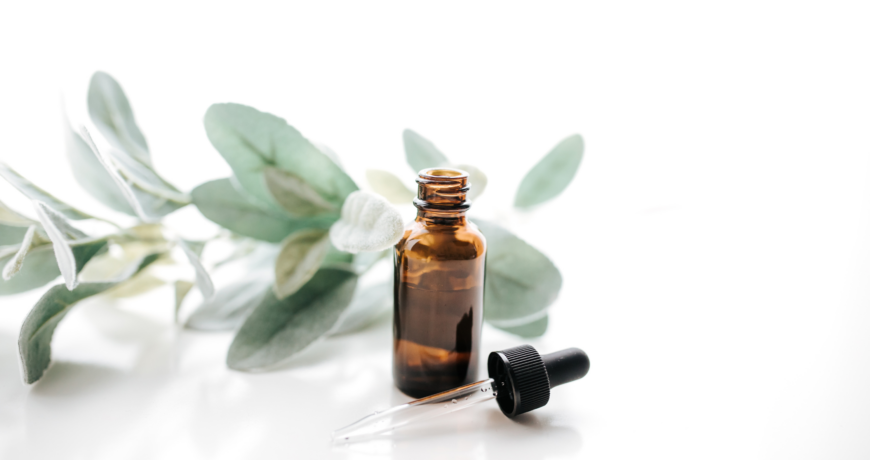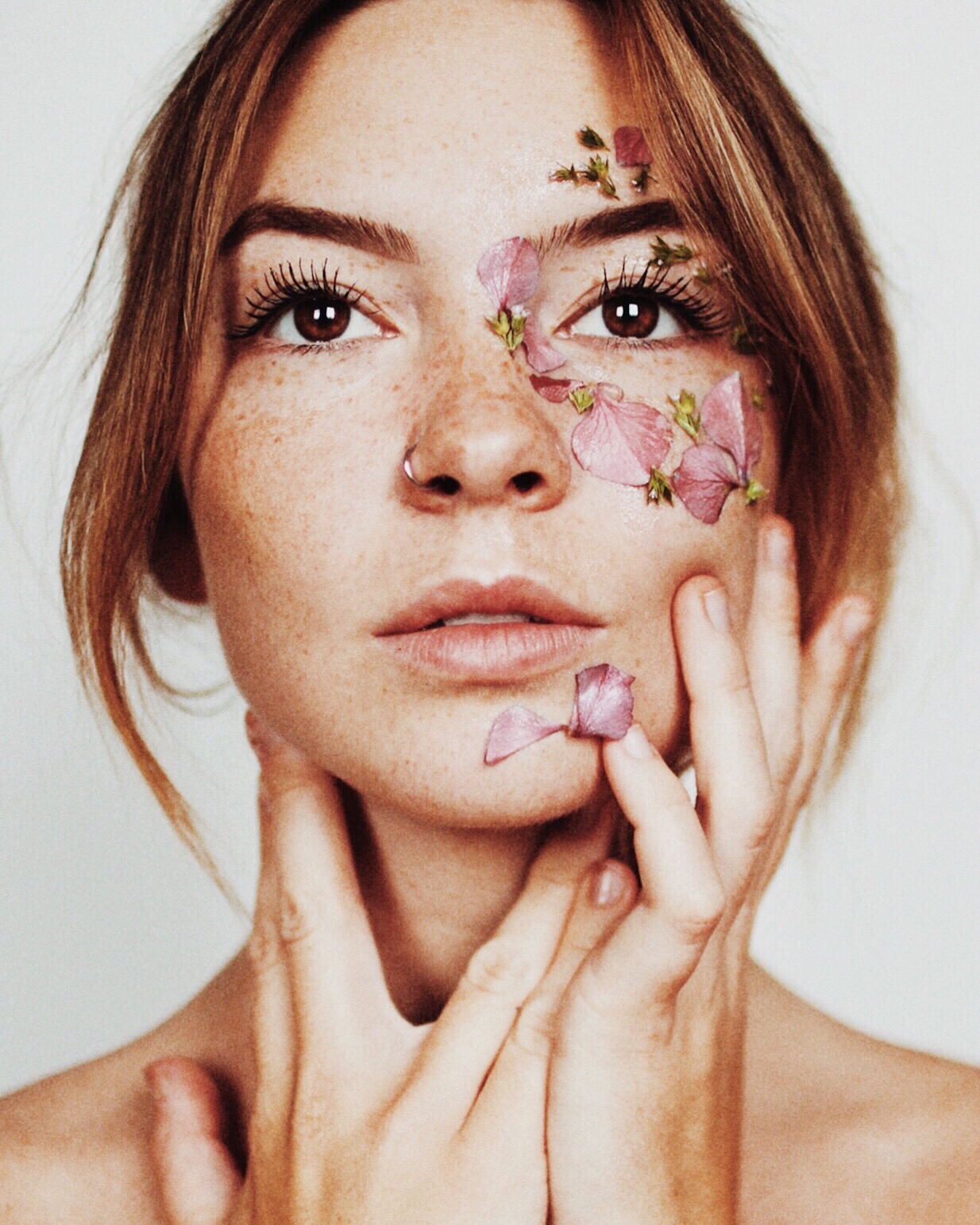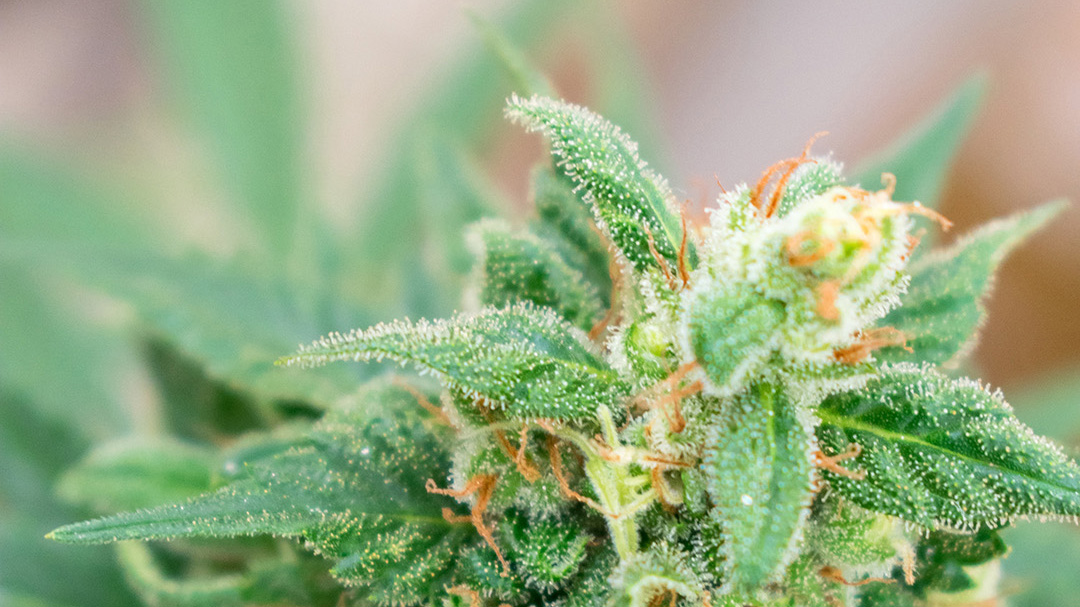Top Twelve Essential Oil Safety Rules
The following are the Top Twelve Essential Oil Safety Rules that we believe are the most important when it comes to using essential oils safely.
Rule #1
Do not consume essential oils. Even if you read a book by an aromatherapist from a country that uses essential oils internally, they should never be consumed. The practice of consuming essential oils is dangerous and was designed to be done under the care of an aromatherapist trained in that form of therapy. Also please keep in mind that oil and water don’t mix, so when consuming essential oils in a glass of water the oils are not emulsified. This means that the essential oils reach your mouth, throat, esophagus and stomach undiluted.
Rule #2
Always dilute your essential oils before applying them to the skin. There are a very small handful of exceptions to this rule including lavender and tea tree which can be occasionally applied neat, or directly, to the skin. In different aromatherapy books there may be recommendations of essential oils over 3% in massage oils but it simply isn’t necessary. Less is more in the world of essential oils. There is no need to over use and it is always better to be safe than sorry. Essential oils are incredibly potent and need to be dispersed into a carrier before applying them to the skin.
Typically, essential oils are diluted into products at 1 to 3%–sometimes less and sometimes more, but that is the general rule of thumb. Some essential oils have an intense aroma and price tag combination that allows for their use as low as 0.1%. Take jasmine, blue chamomile and neroli for example.
Raindrop Technique® and AromaTouch Technique are good examples of the use of undiluted and high of concentrations of essential oils. Raindrop therapy is a method is the practice of dripping pure undiluted essential oils directly onto the skin which has many adverse effects. People have had burns and skin irritation that could have been avoided if this dangerous practice was no longer taught. AromaTouch is the practice of massaging a series of 1 to 3 drops of undiluted essential oils onto a subject and massaging it in.
As the debate rages on over undiluted usage I wonder, “Why not dilute?” A chorus of trained aromatherapists, as well as aromatherapy organizations, are all recommending that consumers dilute essential oils. So why not dilute essential oils if the practice will decrease your risk of sensitization, irritation, inflammation and adverse skin reactions?
If your skin develops a rash, becomes red and irritated, develops a rash or blisters—that is not your body detoxifying. As Dr. Pappas puts it, “A rash or burn from an essential oil is basically your skin screaming at you ‘hey, stop that and stop it now!’” I have received countless desperate emails from people who were told that they were just detoxifying, only to find out that they have a chemical burn or have developed sensitization.
Dr. Pappas debunks the detox theory thoroughly in Essential Oil Myth #6 in which he says in part, “Let’s just think about this logically for a second. Let’s imagine you rub poison ivy on your skin and you get a really bad rash. Is that just your body detoxing? Of course not. Come on people, if you get a rash or burn from putting something on your skin it’s because it’s IRRITATING YOUR SKIN. Furthermore, this ‘detox’ explanation seems to ignore the very definition of what it means to detox. Generally, a detox reaction is a response that the body undergoes when it has something TAKEN AWAY from it. Think of the body of a drug addict ‘detoxifying’ during the withdrawal process as he tries to get off the drugs. But in the case of using an essential oil on your skin we are ADDING something new to our bodies that your body has no prior experience with, any bad reaction could not logically be classified as a detox reaction.”
Rule #3
Keep all essential oils out of the reach of children; they are notorious for putting everything in their mouths. Compared to adults, essential oils should be used in half the dosage rate for children for topical application. They are not miniature adults, and their bodies were not designed to process the same ratio of essential oils on their skin. I have safely used aromatherapy on all three of my children since 1998.
I heard of a case of a woman who read that tangerine essential oil would help with hyperactivity in children. She decided to put undiluted tangerine essential oil directly on the palms of her child’s hands. Thankfully, tangerine is a safe enough essential oil and the child suffered no serious ill effect. But she had decided to try it on a day that the child had a big test to take at school, and the high concentration of tangerine oil knocked the child out for the entire day and he slept through his test, lunch, dinner…and into the next morning.

Rule #4
Stay with the tried and true essential oils until you have a solid understanding of essential oil chemistry. Avoid ones that are not the common essential oils used historically in aromatherapy. Unless you understand the chemistry, it is best to stick with the commonly used essential oils. A trained aromatherapist can read the chemical composition of an essential oil profile and make an educated decision about the safety of an essential oil. But without that training you would not know whether you should avoid or use essential oils based on their chemical composition of aldehydes, esters, ketones, phenols, and monoterpene hydrocarbons.
Rule #5
Know which essential oils to avoid or use with caution. Avoid them even if you like the way they smell or the properties that you read about them.
Essential oils to be avoided topically altogether include: unrectified bitter almond, basil ct. methyl chavicol, birch, boldo leaf, blue cypress, bitter fennel, bog myrtle, buchu, unrectified cade, calamint, calamus, (brown, blue or yellow) camphor, cassia, cinnamon bark, costus, davana, dog basil, elecampane, fig leaf, horseradish, jaborandi, lantana, melaleuca bracteata, mustard, mugwort, parsley seed, pennyroyal, rue, dalmatian sage, santolina, sassafras, savin, tansy, tarragon, tea absolute, thuja, tonka bean, verbena, wintergreen, wormseed, and wormwood.
Essential oils that should be used with caution or at very low dosages include: yarrow, dill, tarragon, caraway, white camphor, hyssop, spearmint, rosemary ct. verbenone, and tagette.
Essential oils that should be heavily diluted due to potential skin irritation include: cassia, cinnamon leaf, cumin, lemongrass, oregano, clove stem, clove bud, clove leaf, wild thyme, and red thyme.
The essential oils included in these list come from a variety of warnings due to some essential oils being severe irritants, neurotoxicants, hepototxicants or teratogens.
Sweet birch and wintergreen are listed by IFRA as methyl salicylate toxicity causing. For more on methyl salicylate poisoning read Methyl salicylate overdose, Teen Dies From Muscle Cream Overdose, Opinion Document to the IFA: a Brief Safety Guidance on Essential Oils by Tony Burfield, and Turpentine, Sweet Birch and Wintergreen.
Rule #6
Use common sense. Essential oils are safe when used in moderation. Many substances on earth are toxic when used in the extreme. Too much water can lead to water poisoning, and carrots, tomatoes, saffron, and mustard will all cause illness when consumed in excess.
Rule #7
Always use the botanical name for essential oils when ordering. I never make an aromatherapy decision without reviewing the botanical name. The botanical name tells the genus and species of the plant and includes information about the variety, cultivar, chemotype, and hybrid when needed. Often these details are the difference between an essential oil being safe for use or not.
Rule #8
Check contraindications of an essential oil before using it. You don’t want to be making a sleepy time bath with essential oils that are contraindicated for insomnia like peppermint, basil, lemon verbena, cornmint, or rosemary.
Rule #9
Use extra caution when using essential oils on children and the elderly. The dosages should be at least half that of what you would use for a healthy adult.
The following rules apply mostly to those who work in the aromatherapy industry or with large quantities of essential oils.
Rule #10
Always wear protective gear while handling essential oils. Remember that essential oils are very concentrated and should not be applied directly to the skin. If you wear gloves while handling essential oils you lessen the chance of spilling undiluted essential oils directly onto your hands. Even if it doesn’t hurt at the moment, it could hurt later. A good example is how peppermint essential oil spilled directly onto your hands might not hurt at the moment, but later when you touch your eye, it will burn like crazy.
Rule #11
Work in a well-ventilated area. Remember that essential oils can enter the body through inhalation. Some essential oils can cause euphoria, sleepiness or can be extremely stimulating. In a closed space with poor circulation the essential oils can become overwhelming.
Rule #12
To safeguard your business, do not make healing claims about your products. That would transform your cosmetic into a drug. The rules and regulations for drugs are completely different, and aromatherapy does not qualify on any monograph for approved over-the-counter drugs.
Excerpt from Chapter 10, Do Not Pass Go Without Collecting Safety Information, in the book The Art, Science and Business of Aromatherapy.
If you are in the middle of a crisis and seeking information read What to Do When Injured While Using Essential Oils. Please report injuries at the Atlantic Institute Injury Report and the Tisserand Institute Adverse Reaction Database.
For more safety information read The Safe Use of Essential Oils. Enjoy our recommended reading list to learn more about aromatherapy.






Pingback:What To Do When Injured While Using Essential Oils
Pingback:Fact or Fiction: Drinking Essentials Oils is Perfectly Safe
Pingback:Robyn's Adverse Reaction to Essential Oils - Kayla Fioravanti